In the intricate world of reptilian behavior, territorial dynamics play a crucial role in a snake’s survival and reproductive success. When a snake establishes a territory, it creates a home base that provides access to essential resources including food, shelter, mates, and basking spots. However, the natural world is constantly changing, and snakes sometimes face the challenging situation of territory loss. This displacement can trigger a cascade of behavioral and physiological responses as the reptile adapts to new circumstances. From increased stress levels to altered hunting patterns, the consequences of territorial displacement reveal fascinating insights into snake ecology and adaptability.
Understanding Snake Territoriality
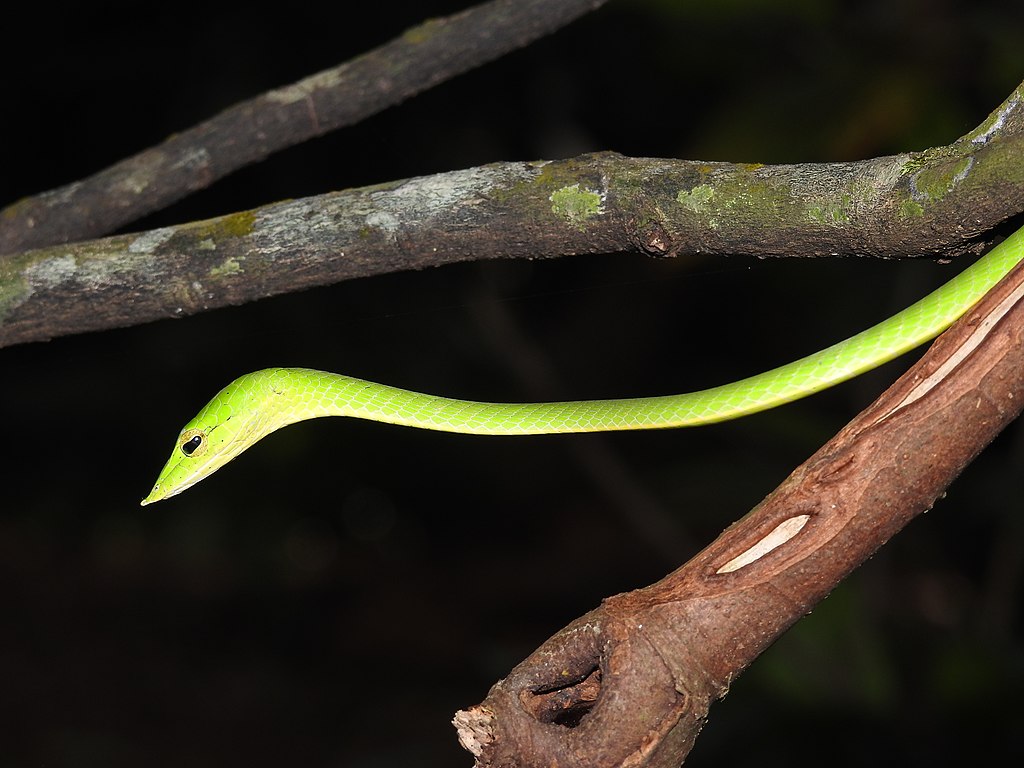
Unlike mammals that actively defend fixed territories with clear boundaries, snakes typically exhibit a more fluid form of territoriality. Many species maintain home ranges—areas they regularly traverse for hunting, mating, and shelter—rather than exclusively defended territories. These home ranges often overlap with those of other snakes, particularly in resource-rich environments. However, certain snake species do display more traditional territorial behaviors, especially during breeding seasons when males compete for access to females. Some venomous species like rattlesnakes and cobras may establish preferred hunting grounds or denning sites that they’ll defend against intruders through displays, chemical signals, or even physical confrontation. Understanding these nuanced territorial behaviors provides context for what happens when a snake is displaced.
Natural Causes of Territory Loss

In the wild, snakes can lose their territories due to numerous natural factors beyond their control. Severe weather events like floods, hurricanes, or wildfires can rapidly transform landscapes, forcing snakes to abandon familiar areas as habitats become unsuitable. Seasonal changes also play a significant role, particularly for temperate species that must relocate to find appropriate hibernation sites when winter approaches. Competition with other snakes represents another common cause, as larger or more aggressive individuals may displace smaller ones from prime hunting or basking locations. Additionally, predator pressure can force snakes to abandon territories, as concentrated hunting by birds of prey, mammals, or even larger reptiles can make remaining in a particular area too dangerous. These natural displacement events have shaped snake behavior and adaptability throughout their evolutionary history.
Human-Induced Territory Displacement

Human activities have become a primary driver of snake territory loss worldwide, often occurring at rates faster than snakes can naturally adapt. Urban development and habitat fragmentation carve up continuous snake habitats into isolated patches, forcing snakes into smaller areas or new territories entirely. Agricultural expansion, particularly land clearing and monoculture farming, eliminates the diverse microhabitats many snake species require for hunting and shelter. Even well-intentioned human interventions, such as snake relocation programs that move “nuisance” snakes away from human settlements, can cause significant disruption to the animals’ established territories. Research shows that relocated snakes often experience higher mortality rates as they attempt to either return to their original territories or establish new ones in unfamiliar environments. Climate change represents another growing threat, as shifting temperature and precipitation patterns gradually render traditional territories unsuitable for specific snake species.
Immediate Behavioral Responses

When suddenly displaced from familiar territory, snakes typically exhibit a predictable set of behavioral responses as they cope with the immediate stress of the situation. Many species enter an exploratory phase characterized by increased movement and tongue-flicking as they attempt to gather information about their new surroundings through their highly developed chemosensory system. This period of heightened activity makes displaced snakes particularly vulnerable to predation as they focus on environmental assessment rather than vigilance. Depending on the species and circumstances, some displaced snakes attempt to return to their original territory, following familiar scent trails or navigating by other environmental cues. Others may seek immediate shelter and remain hidden for extended periods, minimizing movement to reduce exposure to potential threats while they acclimate to their new location. These initial behavioral responses represent critical survival strategies during what is often the most dangerous period following territorial displacement.
Physiological Stress Responses
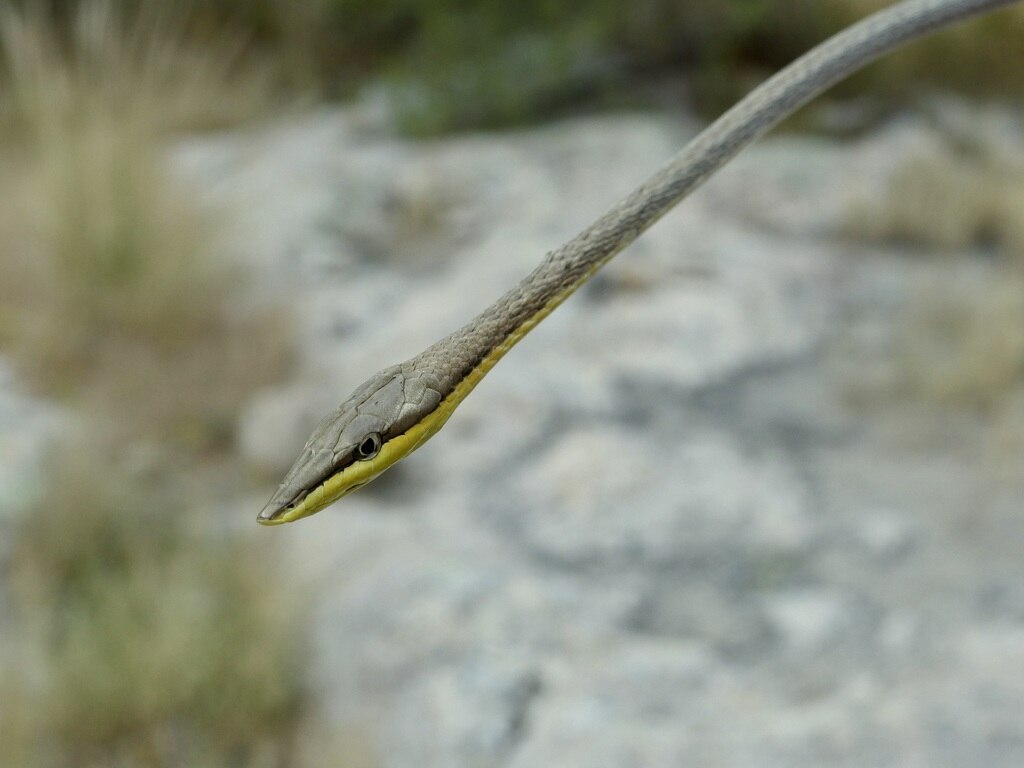
Territory loss triggers significant physiological changes within a displaced snake’s body as stress hormones flood its system. Corticosterone, the primary stress hormone in reptiles, rises dramatically during territorial displacement, mobilizing energy reserves while suppressing non-essential functions like digestion and immune response. This hormonal cascade prepares the snake for immediate action but can have detrimental effects if sustained over long periods. Research has documented elevated heart rates and respiratory patterns in displaced snakes, indicating heightened metabolic demands during these stressful transitions. Body temperature regulation, critically important for these ectothermic animals, may become compromised as snakes lack knowledge of appropriate basking and cooling sites in their new environment. Additionally, stress-induced immunosuppression can make displaced snakes more susceptible to parasites and diseases, compounding the challenges they face during this vulnerable period.
Finding New Shelter
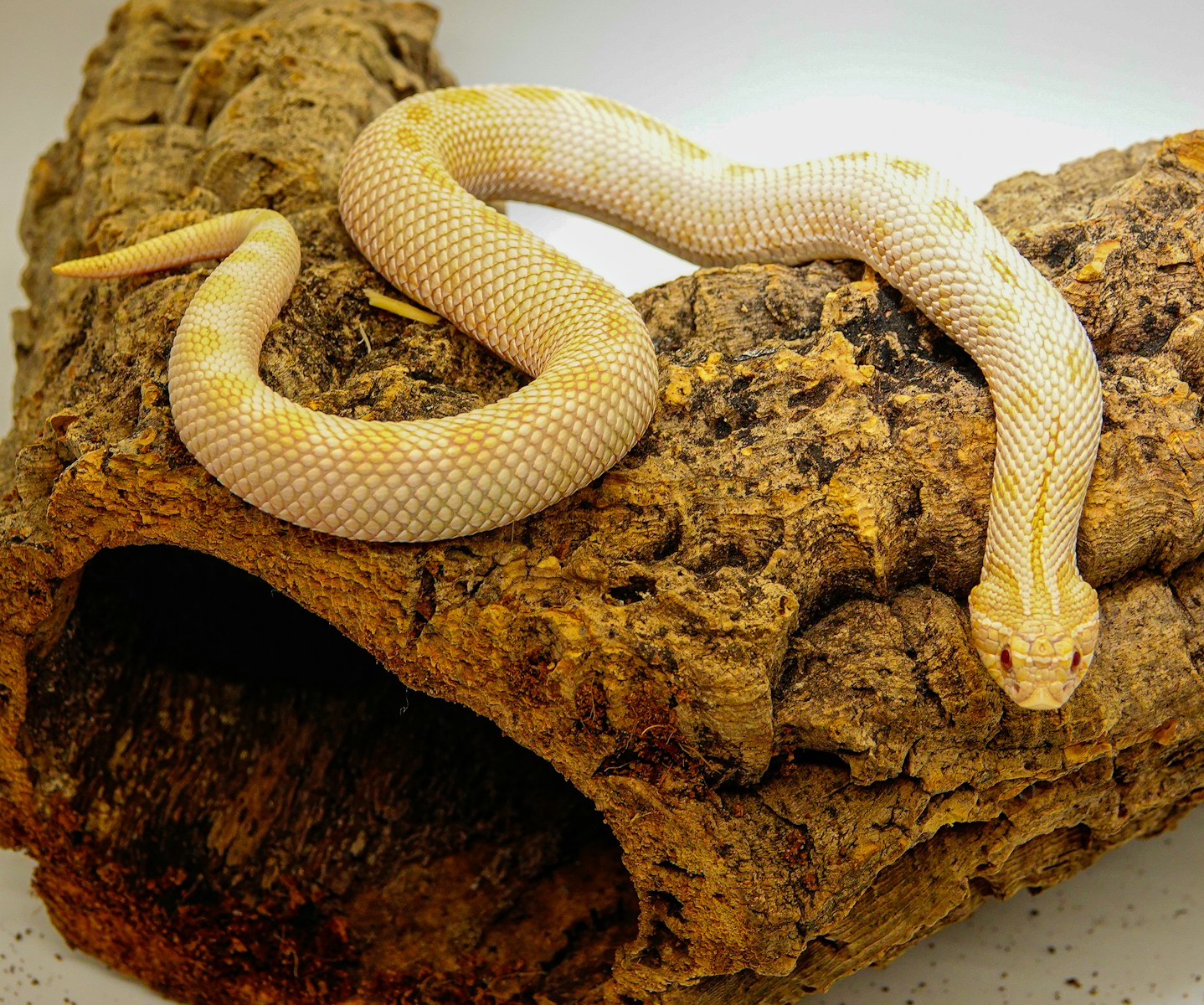
Securing adequate shelter becomes a top priority for a snake that has lost its territory, as appropriate refuges provide protection from predators and environmental extremes. Displaced snakes must quickly identify suitable microhabitats such as rock crevices, burrows, hollow logs, or dense vegetation that match their species-specific requirements. This shelter-seeking behavior often follows a pattern of trial and error, with snakes evaluating multiple potential refuges before settling on ones that offer the right combination of temperature, humidity, and security. The challenge intensifies in unfamiliar landscapes where the snake lacks knowledge of existing shelter locations that resident snakes may already occupy. Studies tracking relocated snakes show they typically test significantly more potential shelter sites in the days immediately following displacement compared to established resident snakes. For many species, the ability to quickly find appropriate shelter represents the single most important factor determining survival after territorial displacement.
Changes in Hunting Patterns

A displaced snake must rapidly adapt its hunting strategies when forced into a new territory with unfamiliar prey distribution patterns. Many snakes rely on detailed mental maps of their territories to efficiently locate prey, an advantage completely lost when they enter new environments. This knowledge gap typically results in less efficient hunting, characterized by more random movement patterns and increased energy expenditure per successful capture. Ambush predators like vipers and pythons face particular challenges, as they must identify new strategic hunting locations without prior knowledge of prey movement corridors. Displaced snakes often demonstrate dietary flexibility during this adjustment period, sometimes targeting smaller or different prey species than they preferred in their original territories. Tracking studies reveal that successful hunting may take days or even weeks to resume after displacement, during which time the snake may deplete fat reserves established in its former territory.
Impact on Reproductive Success
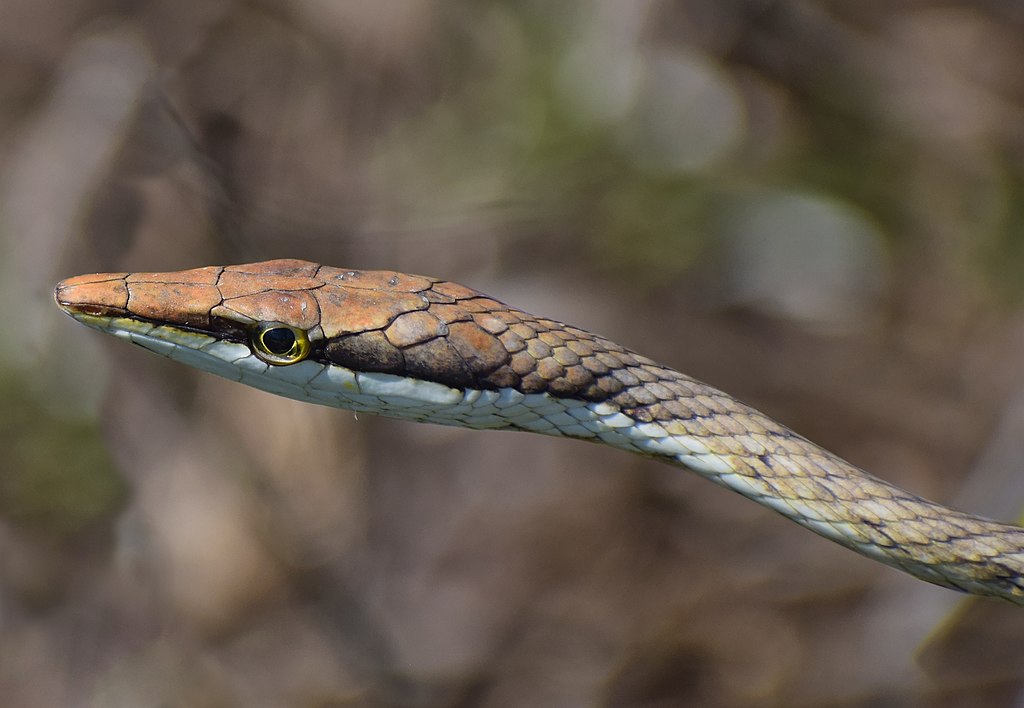
Territorial displacement can significantly disrupt a snake’s reproductive cycle and success, particularly when it occurs during breeding season. For males, the loss of an established territory means losing access to familiar females and potentially having to compete with established males in a new area where they lack status. Female snakes that lose territories may struggle to find appropriate nesting or birthing sites, especially species that return to specific locations year after year. The physiological stress of displacement can directly impact reproductive physiology, potentially delaying ovulation in females or reducing sperm production in males. Research on relocated timber rattlesnakes has documented cases of pregnant females reabsorbing developing embryos following the extreme stress of territorial displacement, representing a complete reproductive failure for that season. These reproductive challenges help explain why many snake species show such strong site fidelity and resistance to displacement when possible.
Establishment of New Territories

When return to the original territory isn’t possible, displaced snakes must establish new home ranges through a process that typically unfolds over weeks or months. This establishment period begins with extensive exploration as the snake builds a cognitive map of resources in the area, including prey concentrations, water sources, basking spots, and shelter options. Gradually, movement patterns become more predictable as the snake identifies core areas of activity within its new range. Scent marking plays an important role for many species, with displaced snakes depositing pheromones that communicate their presence to conspecifics and help establish their new spatial claims. The size and quality of these new territories often reflect the snake’s competitive ability, with larger or more dominant individuals securing more optimal habitats. Tracking studies reveal that newly established territories are typically less stable than long-held ones, with boundaries shifting more frequently during the first year post-displacement.
Interaction with Resident Snakes
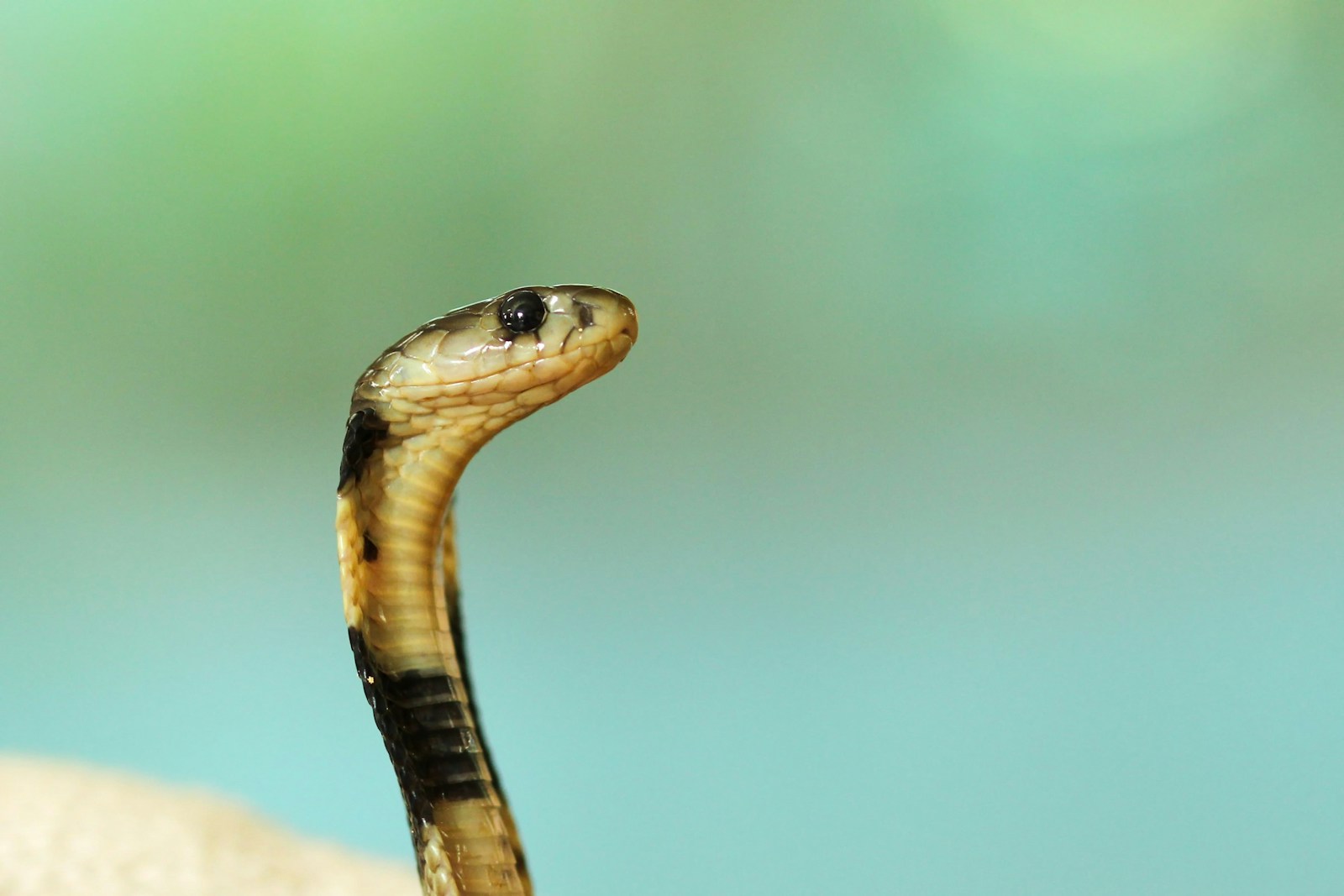
When a displaced snake enters an area already occupied by members of its species, complex interactions occur as the newcomer attempts to integrate into the existing social structure. These encounters range from simple avoidance behaviors to direct confrontations depending on resource availability, population density, and species-specific territorial tendencies. Male snakes typically face more aggressive responses from residents, particularly during breeding seasons when competition for females intensifies. Chemical communication plays a crucial role in these interactions, with resident snakes detecting the unfamiliar scent signatures of newcomers and often responding with increased vigilance or defensive postures. Research using radio telemetry has documented cases where resident snakes temporarily shift their movement patterns to avoid overlap with newly arrived individuals. In some communal denning species, like certain rattlesnakes, newcomers may eventually be integrated into existing social groups, though they typically occupy lower social positions initially.
Survival Rates After Displacement
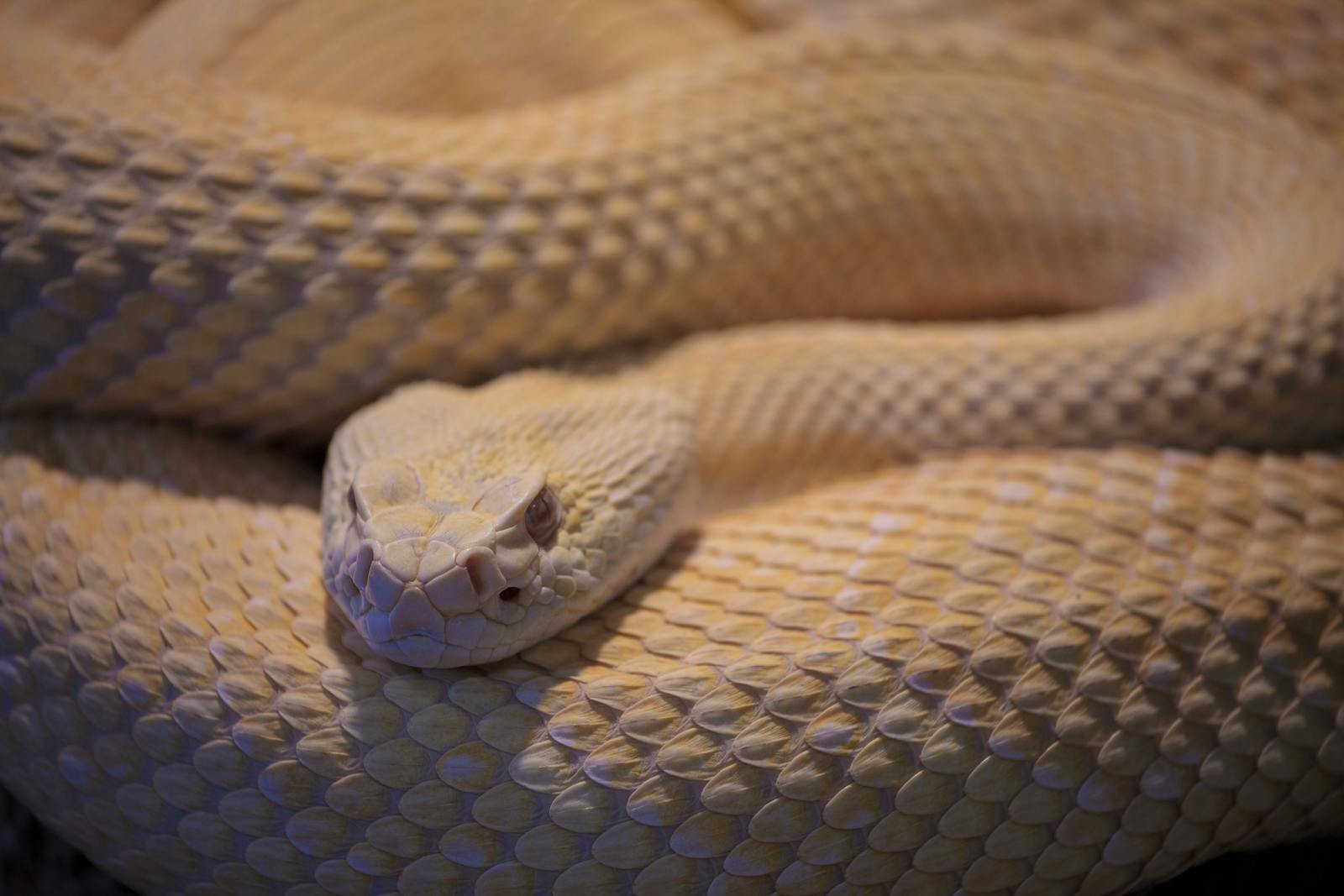
Studies tracking the fate of displaced snakes reveal consistently lower survival rates compared to those that maintain stable territories. The first month following displacement represents the period of highest mortality risk, with survival rates improving if the snake successfully establishes a new territory. Data from wildlife management relocations shows that larger-bodied snake species generally demonstrate better post-displacement survival than smaller species, likely due to greater energy reserves and reduced vulnerability to predation. The distance of displacement also significantly impacts survival outcomes, with longer-distance relocations resulting in higher mortality rates as snakes encounter more unfamiliar hazards while attempting to establish new territories or return to original ones. Season plays another critical role, with displacement during extreme temperature periods or immediately before hibernation producing particularly poor survival outcomes. These mortality patterns underscore the significant biological costs associated with territorial displacement and help explain why many snake conservation programs now emphasize habitat preservation rather than relocation.
Return Behavior and Homing Abilities
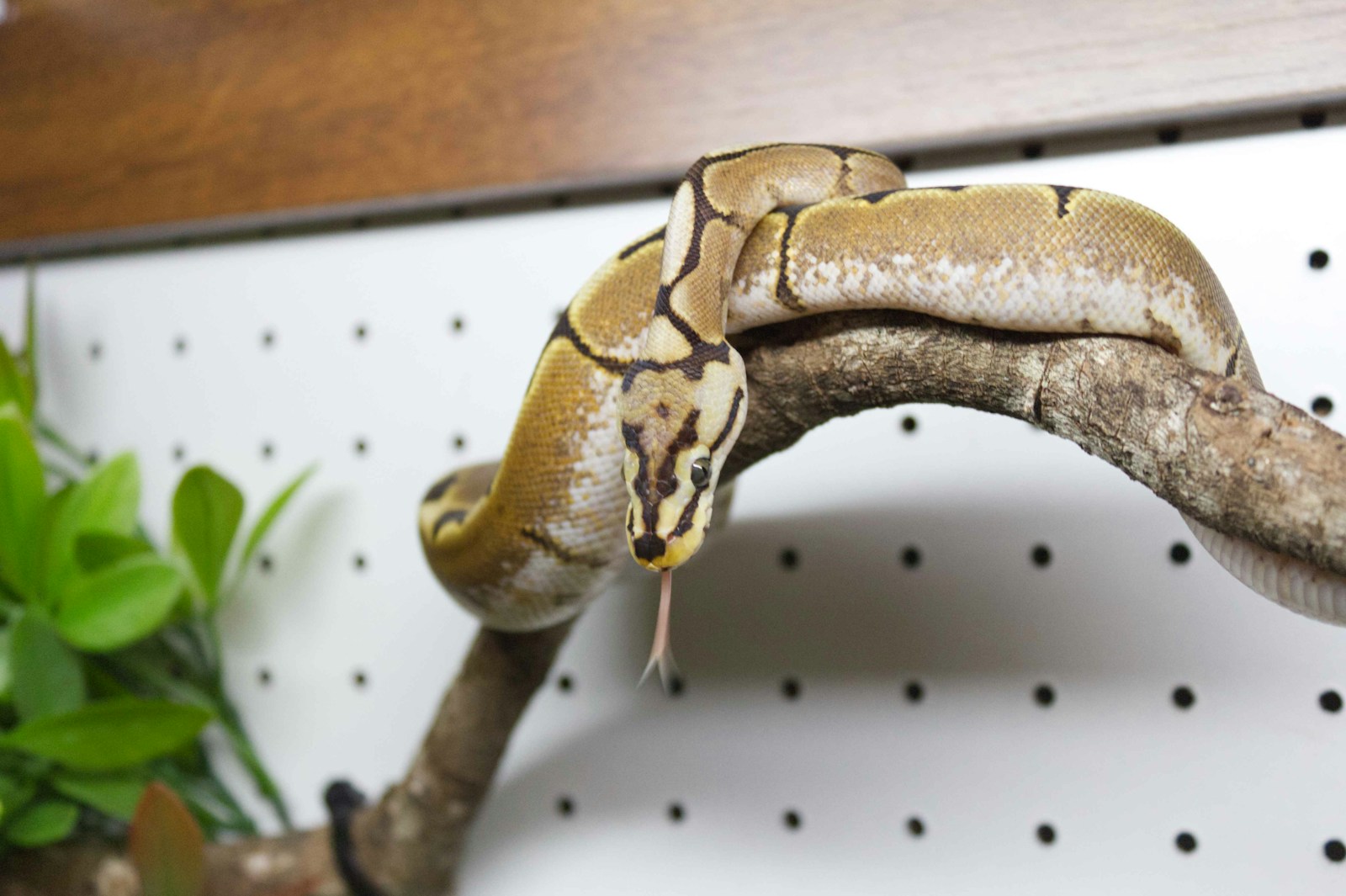
Many snake species display remarkable homing abilities following displacement, with individuals traveling considerable distances attempting to return to their original territories. This return behavior varies significantly by species, with some snakes capable of navigating back to home ranges from distances exceeding several kilometers. Research using displacement experiments has revealed that snakes employ multiple navigational mechanisms, including celestial cues, magnetic field detection, and landscape features to orient themselves toward familiar territory. Chemical trailing plays a particularly important role, as snakes can follow their own scent trails or recognize familiar environmental odors associated with their home range. The strength of this homing instinct often correlates with the quality of the original territory and the snake’s tenure there, with individuals that held prime territories for multiple seasons showing the strongest return motivation. This powerful homing tendency creates significant challenges for snake relocation programs and explains why short-distance relocations often fail to permanently remove snakes from human-occupied areas.
Conservation Implications
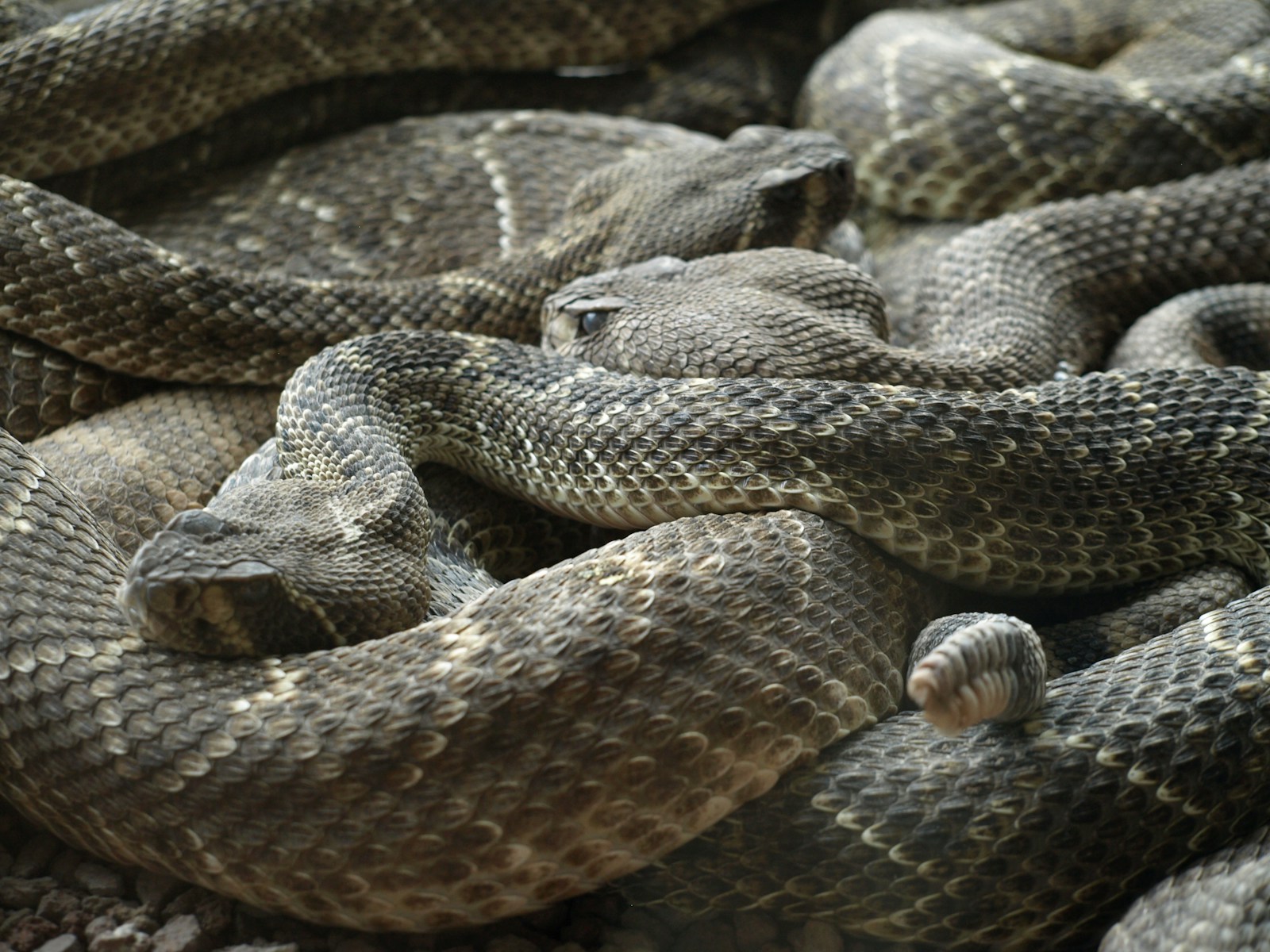
Understanding the consequences of territorial displacement has important implications for snake conservation and management practices worldwide. Traditional “catch and release” programs that relocate snakes long distances from capture sites have been reevaluated as research reveals the high mortality rates and welfare concerns associated with these practices. Conservation biologists now recommend habitat corridors and connectivity between suitable habitat patches to allow natural movement and territory adjustments as environmental conditions change. For endangered snake species, knowledge about territorial requirements informs critical habitat designations and minimum preserve sizes needed to maintain viable populations. When relocations are unavoidable, such as during development projects, protocols now often include shorter-distance translocations to similar habitat types, soft releases with temporary enclosures to acclimate snakes, and post-release monitoring to assess outcomes. These evidence-based approaches reflect growing recognition that territorial stability represents an important component of snake welfare and conservation success.
Adaptation and Resilience
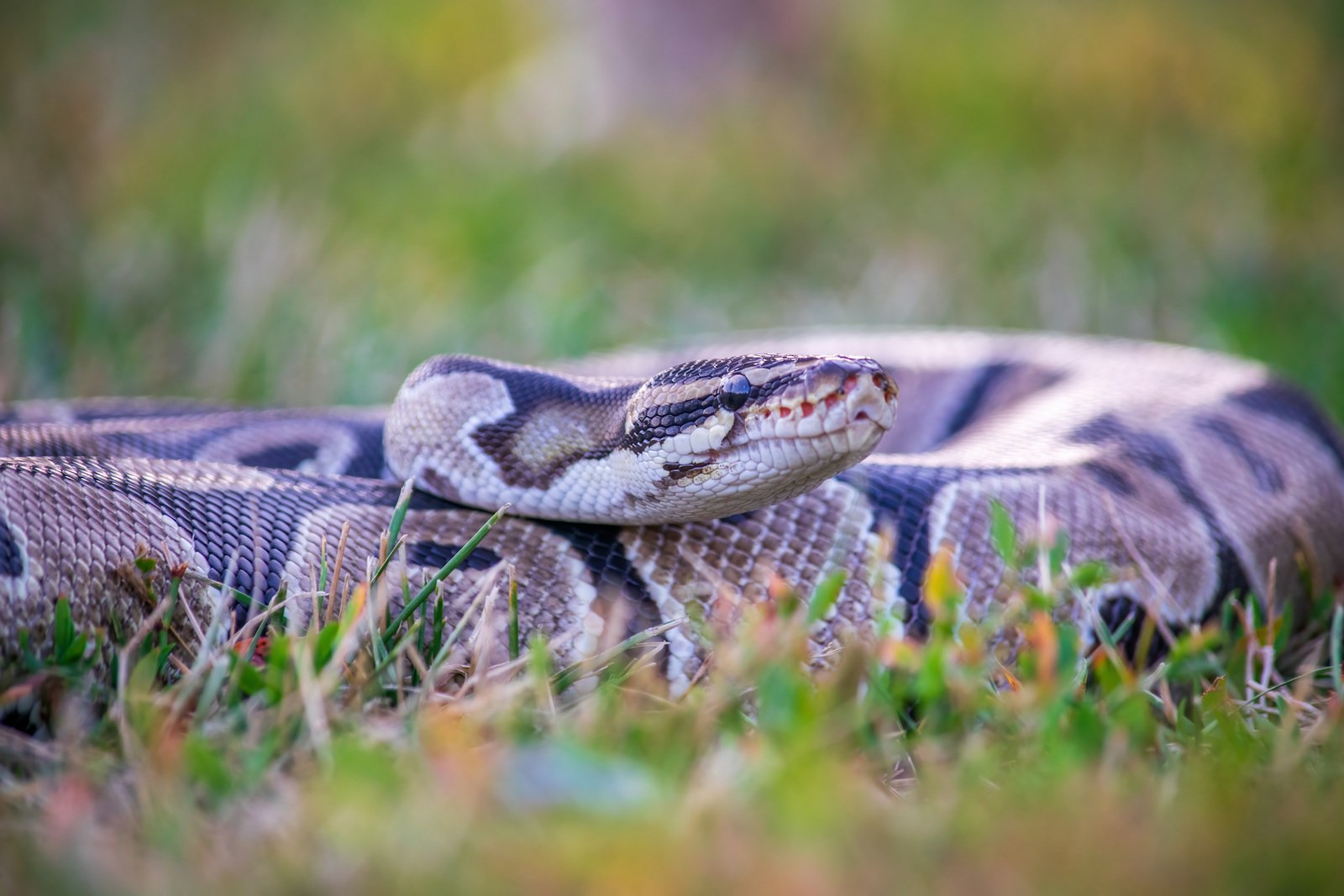
Despite the significant challenges associated with territorial displacement, snakes as a group demonstrate remarkable adaptive capacity that has enabled them to survive major environmental changes throughout their evolutionary history. Individual snakes show considerable behavioral plasticity, adjusting movement patterns, hunting strategies, and shelter selection based on available resources in new territories. Species that naturally experience periodic habitat disruptions, such as those living in flood-prone environments, often show greater resilience to displacement than species from more stable habitats. The generalist diet of many snake species provides flexibility during territory transitions, allowing them to target whatever prey is available in new environments. Young snakes typically demonstrate greater adaptability than older individuals, suggesting that age and experience play important roles in determining post-displacement outcomes. This inherent resilience, combined with improved conservation approaches that minimize unnecessary displacements, offers hope for snake populations facing increasing habitat fragmentation and climate-related range shifts in the modern world.
Territory loss represents a significant life challenge for snakes, triggering complex behavioral, physiological, and ecological responses as they navigate unfamiliar environments. While the immediate consequences often include increased stress, reduced hunting efficiency, and higher mortality risks, many snakes demonstrate remarkable adaptability when establishing new territories. For wildlife managers and conservation biologists, understanding these responses provides crucial insights for developing more effective and humane approaches to snake management and habitat protection. As human development continues to transform landscapes worldwide, preserving habitat connectivity and minimizing unnecessary displacements will remain essential for maintaining healthy snake populations and the important ecosystem services they provide.





